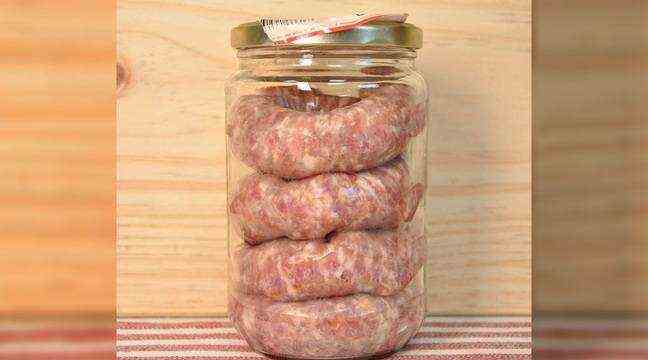Everything is good in jars. The sale of bulk food products is becoming widespread, so much so that even large retailers are getting started. If the use of glass jars remains the best way to achieve the goal of zero waste, this type of packaging is not suitable for all foods, especially meat. Except that this is no longer true today since the All Naked Drive will offer, as of this week, in Lille, cured meats in jars and even much more in the short term.
The packaging of meat in trays remains the rule in the mass distribution circuits, in particular for questions of sanitary standards. It is difficult, however, to determine the share that this represents in the million tonnes of plastic packaging produced each year in France. Certainly, many companies in the sector are, somewhat pushed by the law, to recyclable trays. Like Auchan, for example, which promises to reach 100% recyclable by the end of the year. A breakthrough in the abandonment of plastic which, however, does not resolve the issue of the volume of waste. “According to feedback from our customers, a full load of shopping in a classic supermarket is equivalent to filling a trash can with packaging,” assures Timothée Wallaert, co-manager of the All Naked Drive in Lille.
DLC at least as long as with the trays
For this company, zero waste is therefore the rule. The vast majority of products, especially bulk, are packaged in jars. “Our policy is to sell all the products a family needs in this way. Our customers asked us to make meat and we worked on the issue, ”explains the second co-manager, Maxence Lefort. A bet which was not won in advance and which required a long work of research and development on the side of the parent company, in Toulouse.
“It is vacuum packaging that allows us to answer the question of bacterial contamination. We still have to perform tests on each product to determine the expiration dates (DLC), ”continues Maxence Lefort. At the naked Drive, we promise “a conservation of ten days”. “At worst, the DLC will be equivalent to packaging in trays, at best, they will be longer,” says Timothée Wallaert.
The other advantage of jars lies in the inertia of the material they are made of: glass. “The meat is not contaminated by particles from its packaging, insists the co-manager, unlike what we can see with plastic”. For glass containers, their almost infinite reuse is also a strong argument. Especially since you can put all kinds of meat. “We start with cured meats, like sausages. Then other products will come, poultry for example ”, specifies Timothée Wallaert. Only beef is a concern, not because it cannot be kept in jars, but rather for aesthetic reasons.

